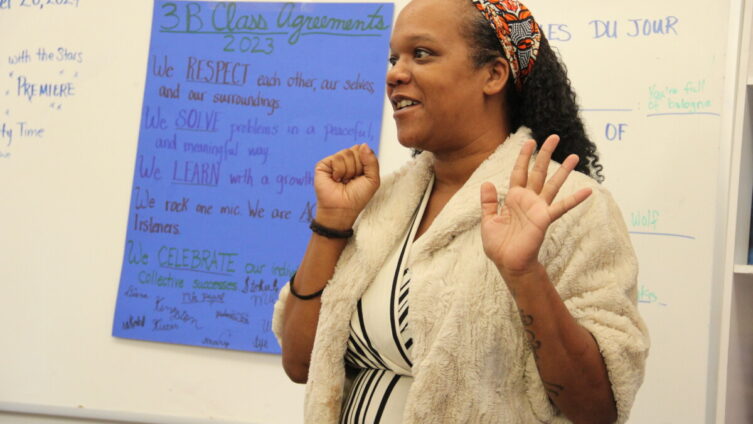
The Children’s School both nurtures and challenges our preschool, elementary, and middle school students using the Responsive Classroom method.
Class agreements, an important part of Responsive Classroom, help teachers build a positive, inclusive, and effective learning community where they can challenge and stretch (not stress!) students to reach their full potential!
Here are some of the benefits for students when they create class agreements:
Creating a Sense of Ownership
Students work together to create the agreements, so they are actively involved students and feel a sense of ownership over the rules and norms of their classroom. Students are more likely to uphold agreements they’ve had a hand in creating, promoting responsible behavior and accountability.
Clear Expectations for All
Class agreements provide a clear roadmap for behavior and interactions within the classroom. This also gives students a sense of security and predictability, so they can focus on their learning instead of ever-shifting rules.
Conflict Resolution and Social-Emotional Learning
Class agreements give students guidelines for resolving conflicts, so when disagreements arise, students are equipped to constructively resolve them. Students learn valuable social and emotional skills like active listening, empathy, and compromise in the process.
Consistency and Empowerment
When class agreements are consistently enforced, students can trust that the rules apply to everyone equally. By involving students in the creation of the agreements, they feel empowered and understand that their voices matter and they are respected members of the learning community.
In September, 3B celebrated their class agreements by creating “movies” for each agreement and then previewing them for staff and faculty during a movie premiere! Here’s an example of one of the videos:









